Or was it “Hyper, hyper!“? Scooter, please help a child of the 80s and 90s out here! This episode is about shuffling hardware, and what it takes to make your Amiga really fast!
I was lucky enough to get my hands on a Cyberstorm MK2 card (and I still have all my organs). I almost despaired when I put the card into my Amiga and nothing happened. Turns out, the Amiga wants J100 jumpers to internal despite an oscillator being present on the card. What a shock and what a relief when dummy me was told by the internet to read the manual that came with the card. Who does that anymore these days?
The previous owner parted with this piece of 90s magic with an 68060 revision 1 at the factory frequency of 50MHz.
That’s no fun, thought this silly old lad, and after some journey to the Nightfall Crew and Cosmos’ Blog I felt the best possible thing I could do is to risk destroying another piece of ancient hardware and overclocking a poor 68060 CPU by no less than 100%.
For that I would have to exchange the 68060 rev 1 with the rev 6 from my A3660 (Thank you, Nicolas from Switzerland). But how to get the CPUs out of their sockets without destroying CPUs or boards. With the A3660 I was less nervous. The card is somewhat solid and I had been able to remove the CPU with my Hakko CHP 7-SA tweezers (6.50USD on Amazon, great investment), but the Cyberstorm MK2 just made me a lot more nervous, as it was starting to bend under the pressure. The Cyberstorm is super packed, there is not much room left and right, unlike the 3640/3660 design. So I found these Intel Overdrive chip removers on eBay:
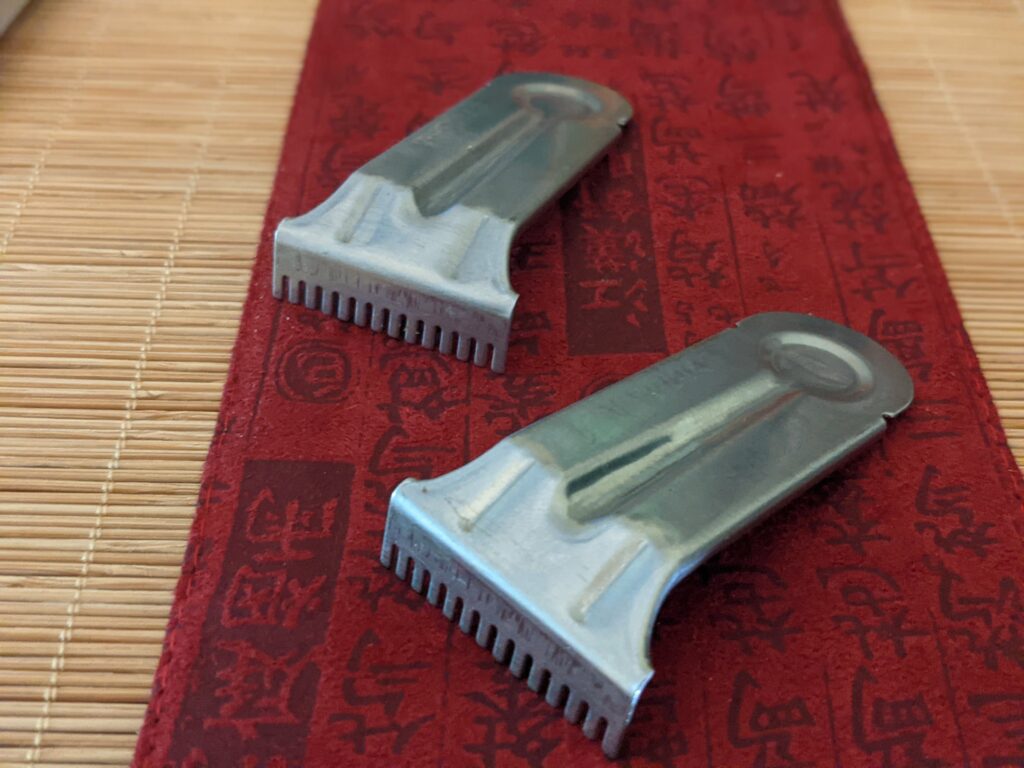
One on each side, and any 68060 will follow your lead easily.
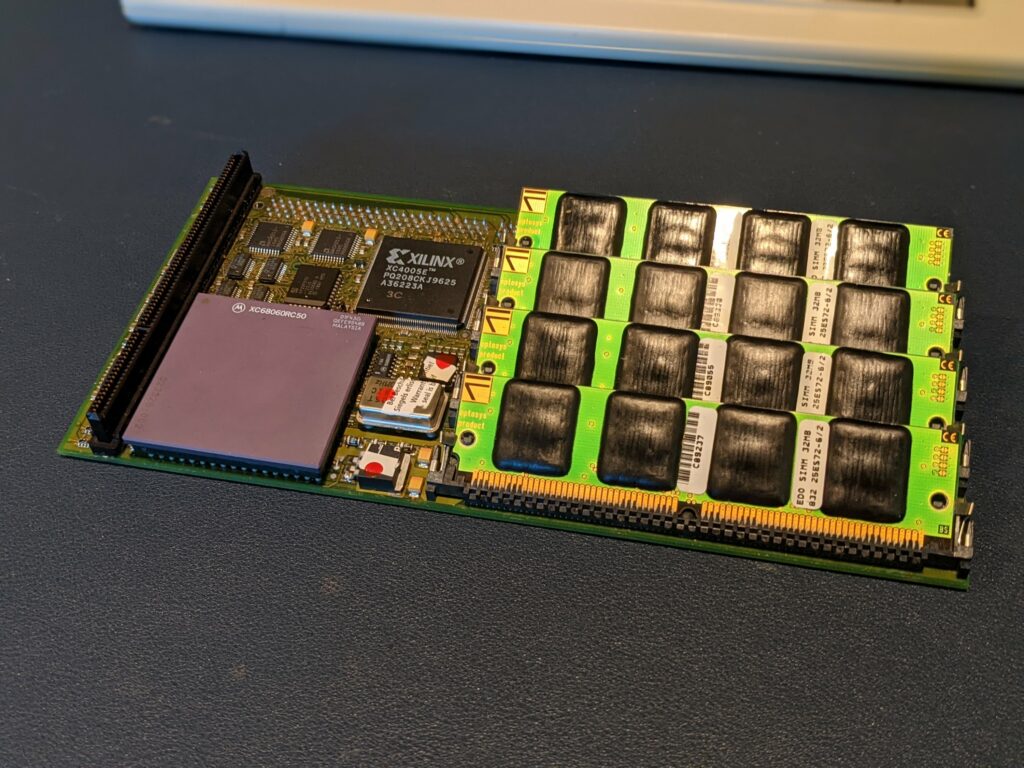


Ok the CPU change was easy enough and the Cyberstorm is booting with the Rev 6. So let’s try the 66MHz oscillator from the A3660.
Did I destroy the card? Placing it in the Amiga is really fiddly without taking memory out, and now the card is not showing all of its memory anymore. Only 96 out of the 128 are there. Oh no! But wait what? I put the old oscillator back and the memory is there. Tried the 72Mhz and the memory is all gone. Apparently memory is the most timing sensitive part in the whole scenario, which is not surprising but easy to forget coming from the A3660 that will work fine at 66MHz on an Amiga 4000D after being upgraded with Speedgeek’s state mod.
So let’s dig deeper. In this hack part of the Cyberstorm card is operated on 040 mode. What does that mean and why?
The 68040 is internally halfing the clock out is fed, and so if an accelerator board operates itself (and potentially the mainboard) at 25MHz, it will feed 50 to the CPU. On the A3660, this also means that if you overclock your CPU to 66MHz, pays off your mainboard will be clocked at 33Mhz. On an A4000D this is fine, but am A3000 will probably not work like that.
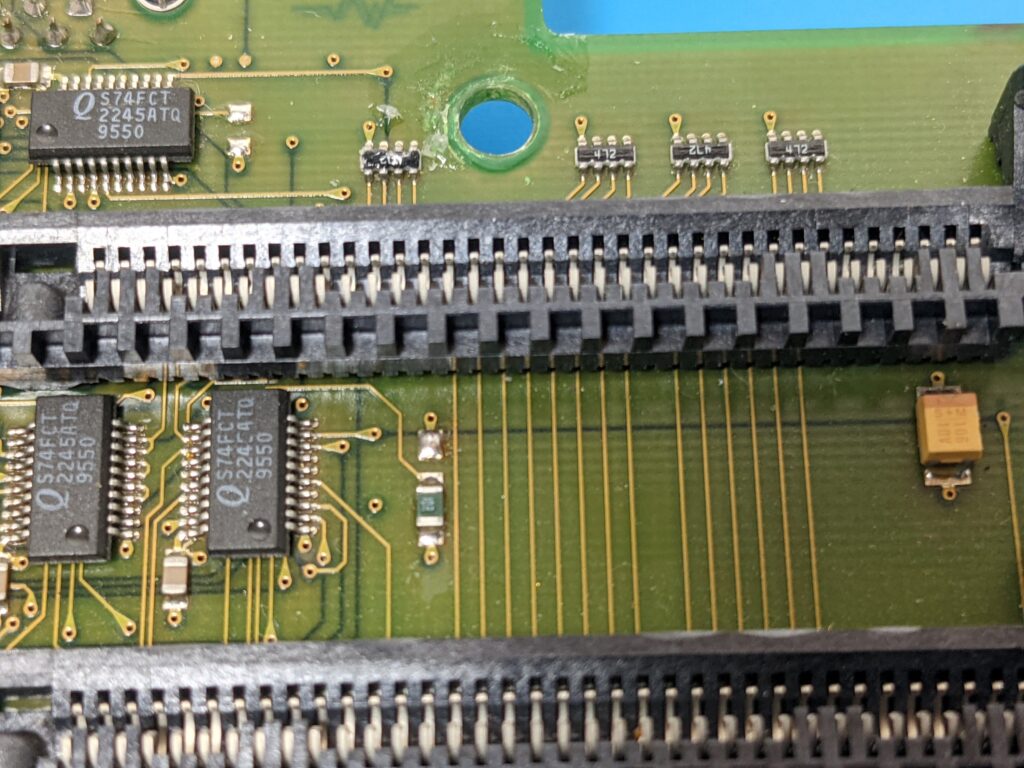
So operating the card in 040 mode, we can operate the rest of the Cyberstorm at 25MHz while sending a whopping 100Mhz clock to the CPU.
This worked great in the first experiment. Until I tried loading 68060.library, which made the machine crash. Darn. Does the FPU not cope with the higher clock rate? The MMU? But then I remembered that folks had mentioned in the past mentioned that a different voltage regulator “might be necessary”.
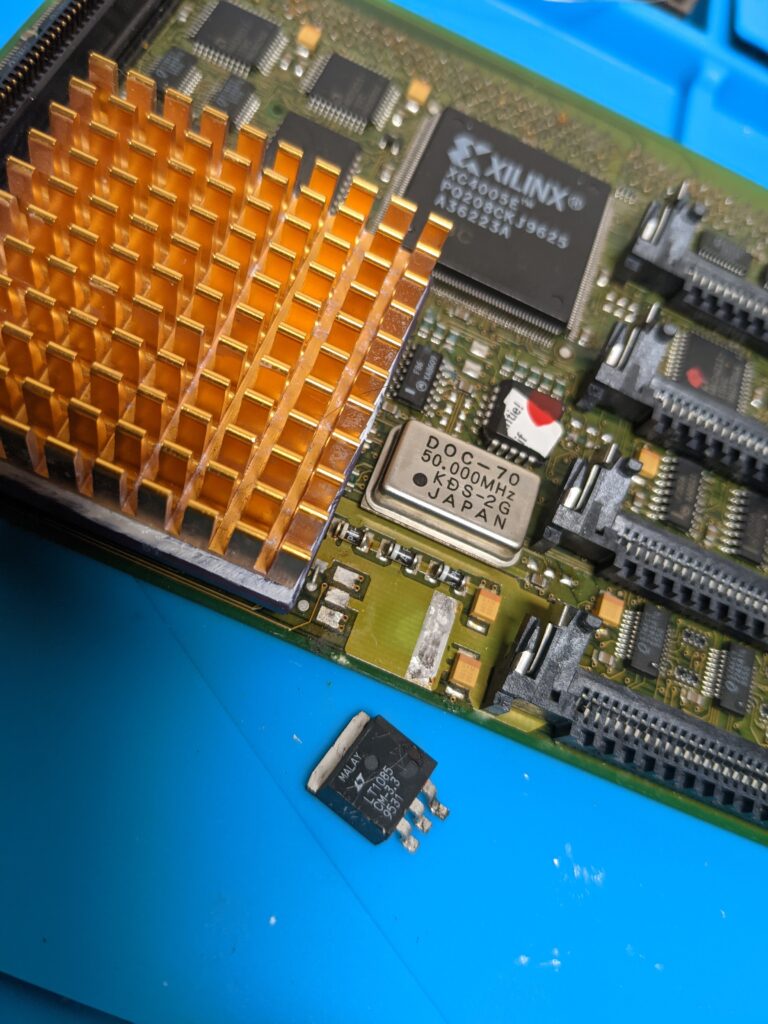
Replacing the existing one with an LT912 3.5V instead of the LT 1085 3.3V made the system rock solid.
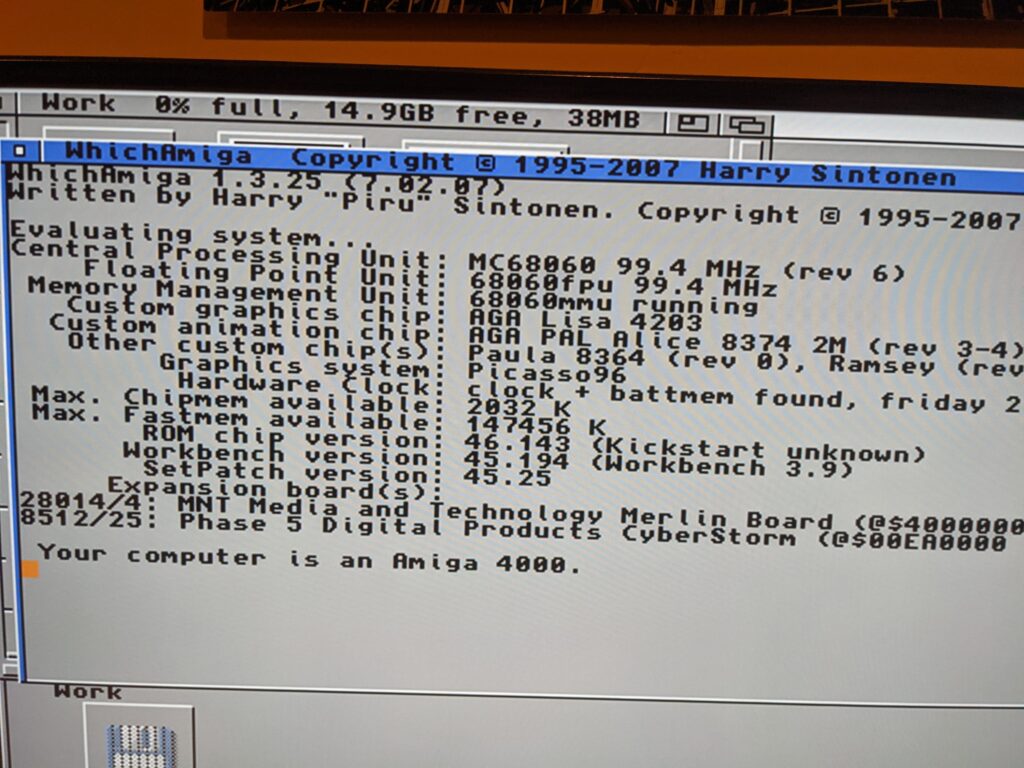
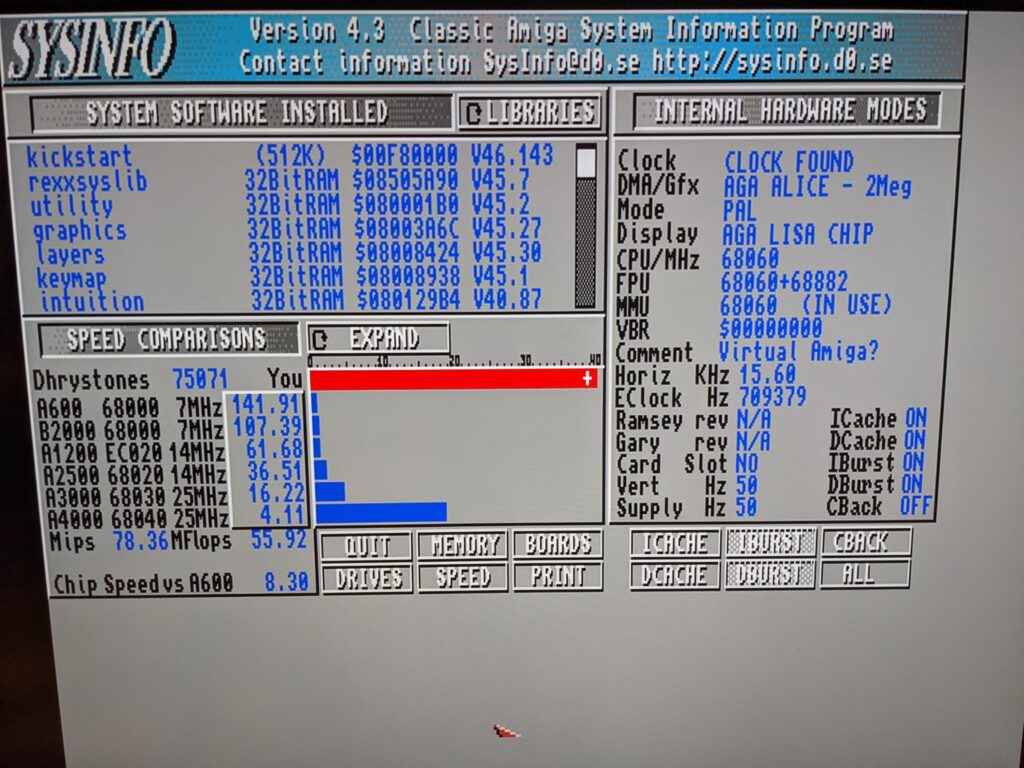
This machine is now so fast, SYSINFO thinks it’s an emulator. The machine has since done whole kernel compiles is Linux/m68k and is running rock solid for days on end; with a little intermezzo with a dead FPGA on my ZZ9000 in between because it got much hotter than my 68060 running at twice the design clock.

Here’s the end result. Now I can finally do some Linux work again — without waiting for 15 minutes every time I have to reboot.
Kewl! I wish those 3660 pcbs were designed with simm banks..who knows. Maybe someone will do this ..
Or any other mounted memchips…
There are at least two projects I know of that are aiming at a 060+memory solution:
* Warp 4060: http://www.amigawarp.eu/
* Matze’s TK: https://www.a1k.org/forum/index.php?threads/73349/
Both will be released approximately 2035.
Lol, I wouldn’t be surprised… 🙂